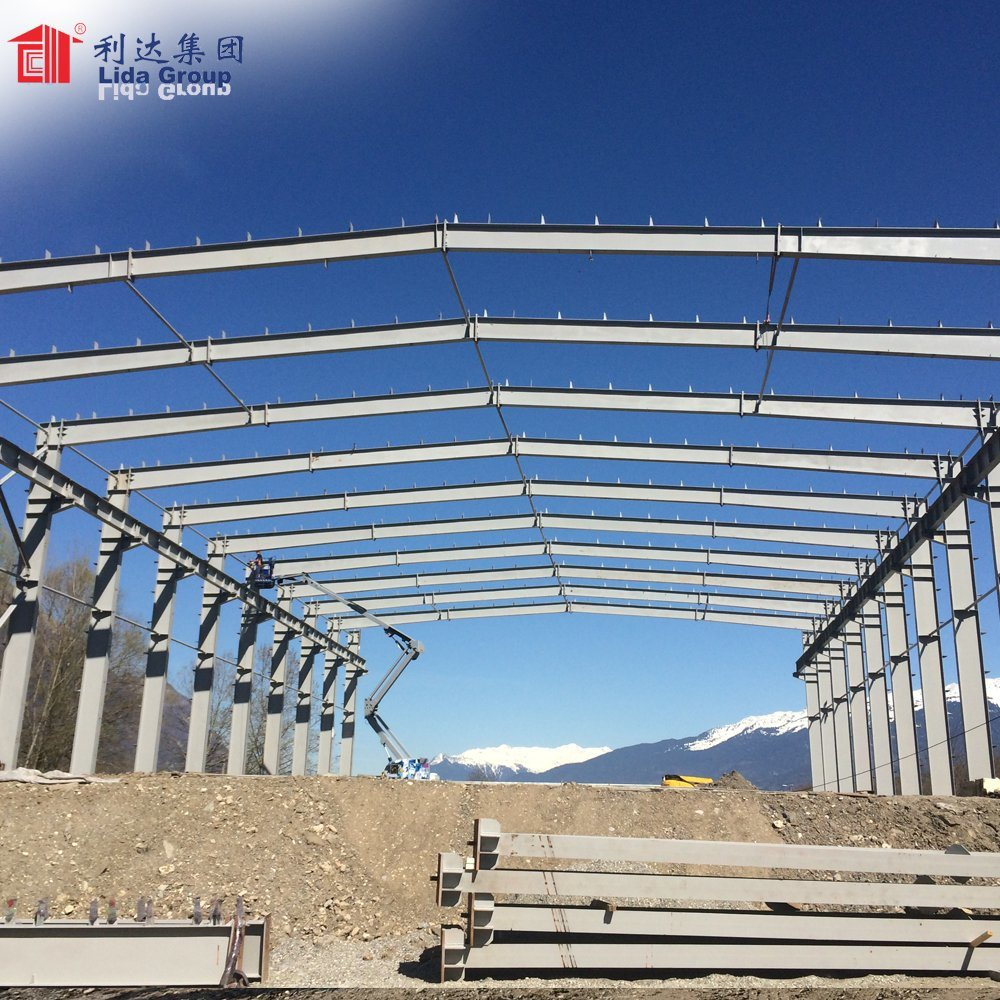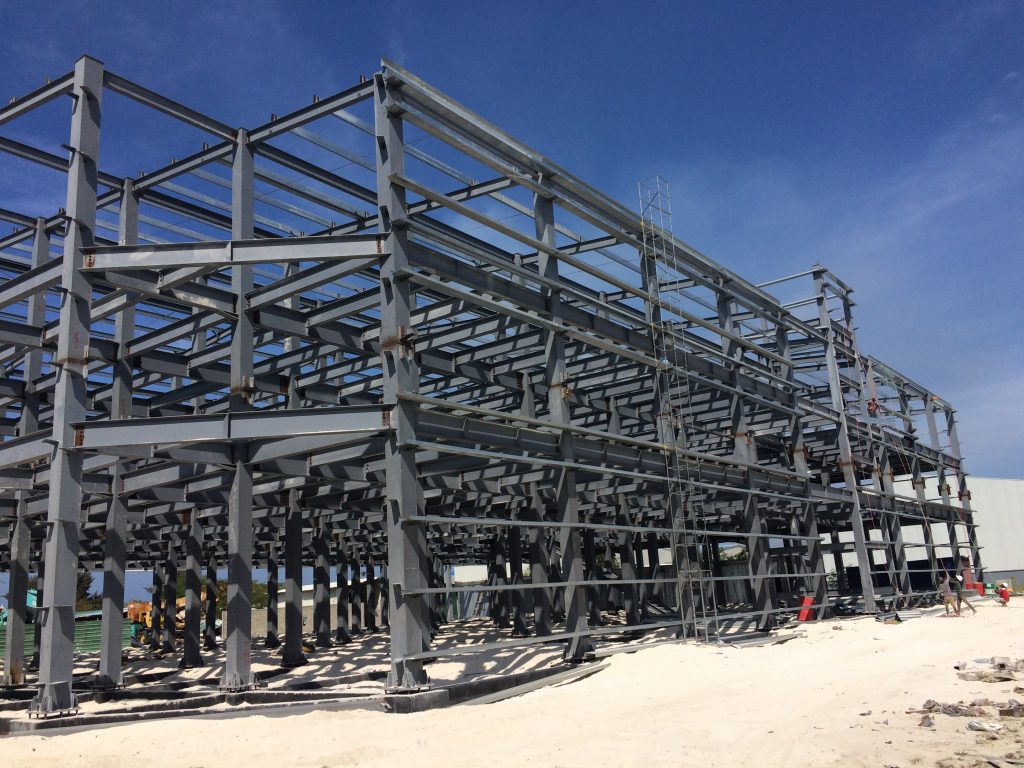Public safety depends on reliable emergency services unhindered by infrastructure failures during catastrophes. One coastal community recognized vulnerabilities of aged facilities housing emergency vehicles and supplies. Partnering with Lida Group, robust steel buildings now shelter response assets through hurricanes safeguarding citizens. This project highlights strategic planning for resilient critical facilities maintaining operations regardless of weather extremes.
The municipality’s emergency management headquarters dated from decades past, utilizing conventional concrete block and wood-frame construction prone to water infiltration. Temporary emergency shelters occupied disjoined warehouses lacking coordination space and backup power. Outdated buildings jeopardized timely disaster response should a catastrophic storm strike the hurricane-prone region.
Officials prioritized a specialized facility study considering threats and providing long-term solutions. Cost-effective resilience meant protecting major capital investments, like a fleet of specialized emergency response vehicles totaling millions, to serve the community continuously. Conventional construction risked rendering assets inoperable during crises by leaking, collapsing or becoming inaccessible due to localized flooding.

Lida Group’s engineers proposed a centralized headquarters and equipment depot and utilizing noncombustible structural steel optimized for flood and high-wind performance. Galvanized members resist corrosion while composite sandwich wall and roof panels form a watertight, wind-resistant building envelope. No exterior joints invite water penetration compromising function over time as aging concrete and wood structures eventually would.
Construction proceeded rapidly on a raised concrete foundation above historical flood levels. Standardized prefabricated components erected precisely-sized buildings economizing labor while eliminating need for wet trades like masonry vulnerable to weather delays. Three 8,000-square-foot structures house command centers, backup power and storage for rescue boats, generators, supplies and staff lodging cots ready for mass care operations.
The structural system transfers all static and dynamic loads directly to the substantial cast-in-place foundation. Wall fasteners and connections withstand 180 mph winds per code. Glazed entries and roll-up doors provide free access while composite panels fully enclose operations under severe storms. The protected building interiors remain accessible when surrounding roads flood, allowing asset deployment from secure areas. Backup power, fuel tanks and portable generators shelter on-site ensuring operability independent from vulnerable energy grids.

Building performance far surpasses ordinances through Lida Group’s advanced engineering. Walls and roof consisting of galvanized steel skins fused to insulating mineral wool cores achieve four-hour fire ratings and category 5 hurricane resistance, exceeding one-hour and 160 mph code minimums. Impact-resistant glazing protects against high-velocity debris. Extensive independent testing validates resilience through scientific protocols simulating threats faced by emergency infrastructure over generations of use.
Communities face growing exposures from intensifying natural disasters exacerbated by climate change. The Lida Group facility demonstrates proactive planning to maintain operations regardless of future conditions. Its durable design will outlive temporary trailers or reconstituted buildings lost to predictable storms. Ongoing maintenance needs remain minimal through corrosion-resistant materials sustaining structural integrity far beyond 50-year design service lives typical of other construction vulnerable to deterioration over decades.
Critically, emergency hubs house lifesaving resources that cannot fail communities in need. Strategic investments like Lida Group buildings prove cost-beneficial through avoided downtime, rapid recovery and protecting capital expenditures maintaining service levels taxpayers depend on. Compared to repetitive storm repairs or early replacement cycles for substandard facilities, resilience pays dividends ensuring safety through decades of hazards. The project exemplifies responsible long-term preparedness maintaining response functions communities rely on.

In conclusion, municipal emergency infrastructure demands resilience against natural disasters endangering public safety. Lida Group constructed facilities sheltering response fleets and equipment through storms utilizing noncombustible structural steel optimized for flood and high-wind performance. Advanced engineering validates four-hour fire resistance and category 5 hurricane strength exceeding codes. Siting above historical floods and durable non-degradable materials sustain functionality far beyond design lives. Critical services thus continue through intensifying weather regardless of infrastructure vulnerable to damage. Overall the project exemplifies strategic resilience protecting communities through long-term preparedness.

Related news
-
Campground invests in Lida Group's prefabricated container cabins assembled in days to boost seasonal accommodation through lean staffing months.
2024-10-16 15:35:43
-
Yurt designers partner with Lida Group to revive traditional round metal hoop designs using cutting-edge structural insulated sandwich panels for cabin and studio construction.
2024-10-12 17:48:44
-
Lida Group develops galvanized metal framed transitional shelter integrated with rainscreen facade of insulating sandwich panels to empower disaster-affected communities.
2024-10-12 16:40:44
contact us
- Tel: +86-532-88966982
- Whatsapp: +86-13793209022
- E-mail: sales@lidajituan.com


